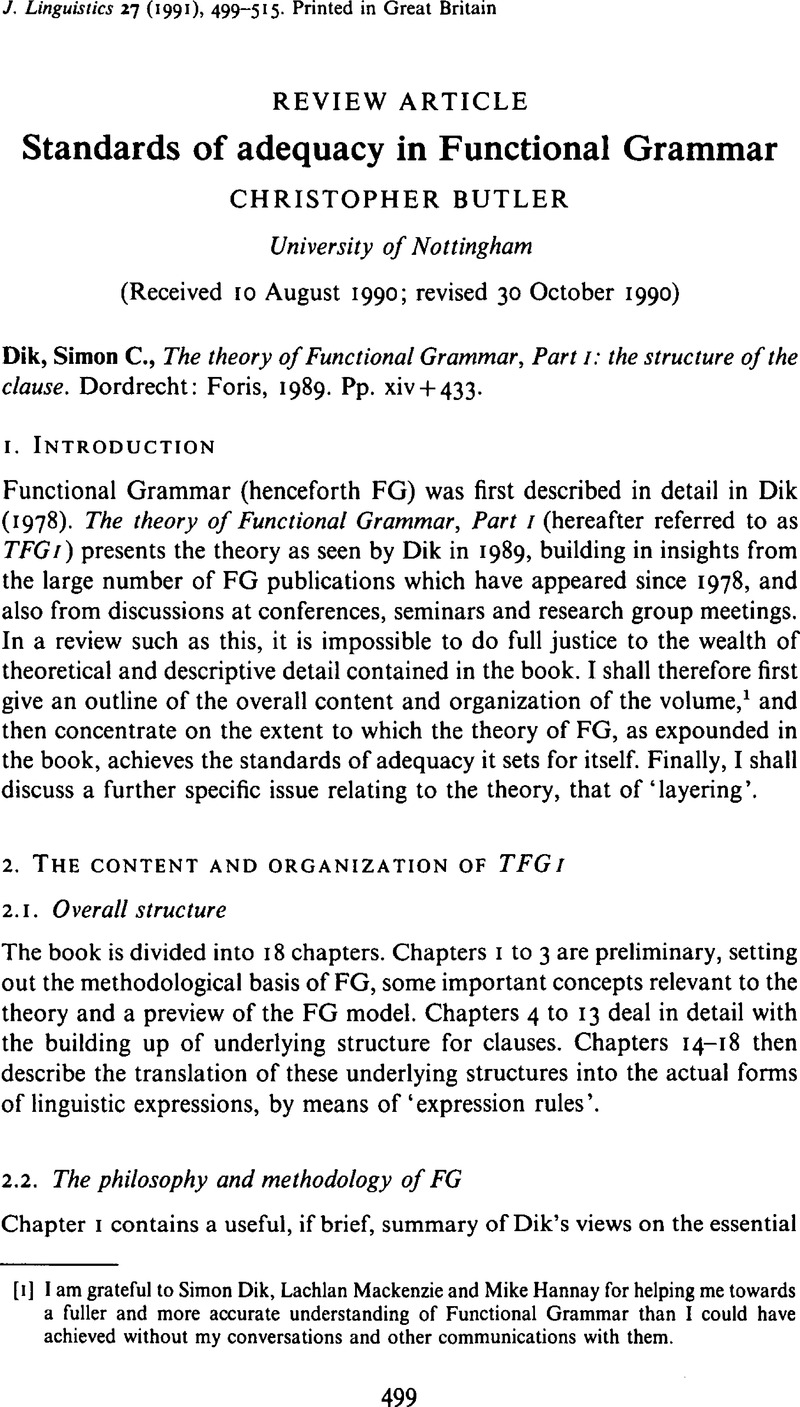Crossref Citations
This article has been cited by the following publications. This list is generated based on data provided by Crossref.
van Der Auwera, Johan
1992.
Anna Siewierska, Functional Grammar. (Linguistic Theory Guides.) London & New York: Routledge, 1991. Pp. xxi + 279..
Journal of Linguistics,
Vol. 28,
Issue. 2,
p.
563.
Cornish, Francis
1994.
Integrating argument structure, clause semantics, grammatical functions and micro-discourse: The functional grammar perspective.
Lingua,
Vol. 94,
Issue. 4,
p.
245.
Mackenzie, J. Lachlan
1995.
Handbook of Pragmatics.
p.
286.
Diewald, Gabriele
Enns, Peter J.
Grant, Anthony P.
Grant, Anthony P.
Grzega, Joachim
Ishikawa, Masataka
Kaye, Alan S.
Kaye, Alan S.
Lillian, Donna L.
Sara, Solomon I.
Tambovtsev, Yuri
Tambovtsev, Yuri
Vajda, Edward J.
Vajda, Edward J.
Vajda, Edward J.
van Gelderen, Elly
van Gelderen, Elly
Versteegh, Kees
Yang, Xinzhang
Yang, Xinzhang
and
Ziegler, Arne
2000.
Reviews.
<i>WORD</i>,
Vol. 51,
Issue. 2,
p.
229.
Martı&#x;n Arista, Javier
2003.
Terms, clauses and constructions in functional grammar.
Language Sciences,
Vol. 25,
Issue. 5,
p.
515.
Velasco, Daniel García
2012.
The Encyclopedia of Applied Linguistics.
2014.
Exploring Functional-Cognitive Space.
Vol. 157,
Issue. ,
Mackenzie, J. Lachlan
2022.
Handbook of Pragmatics.
p.
625.



